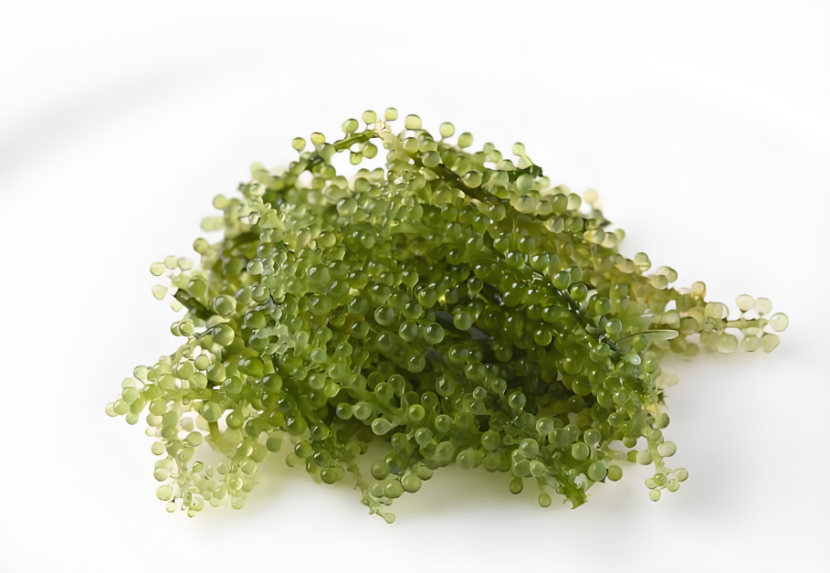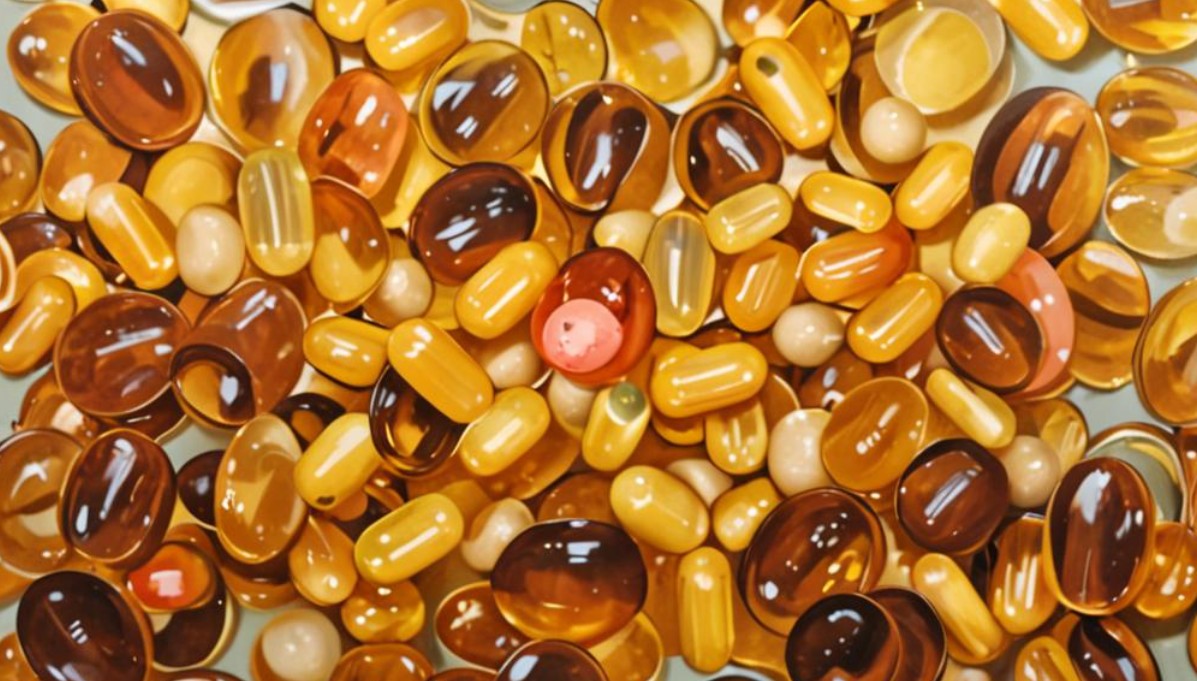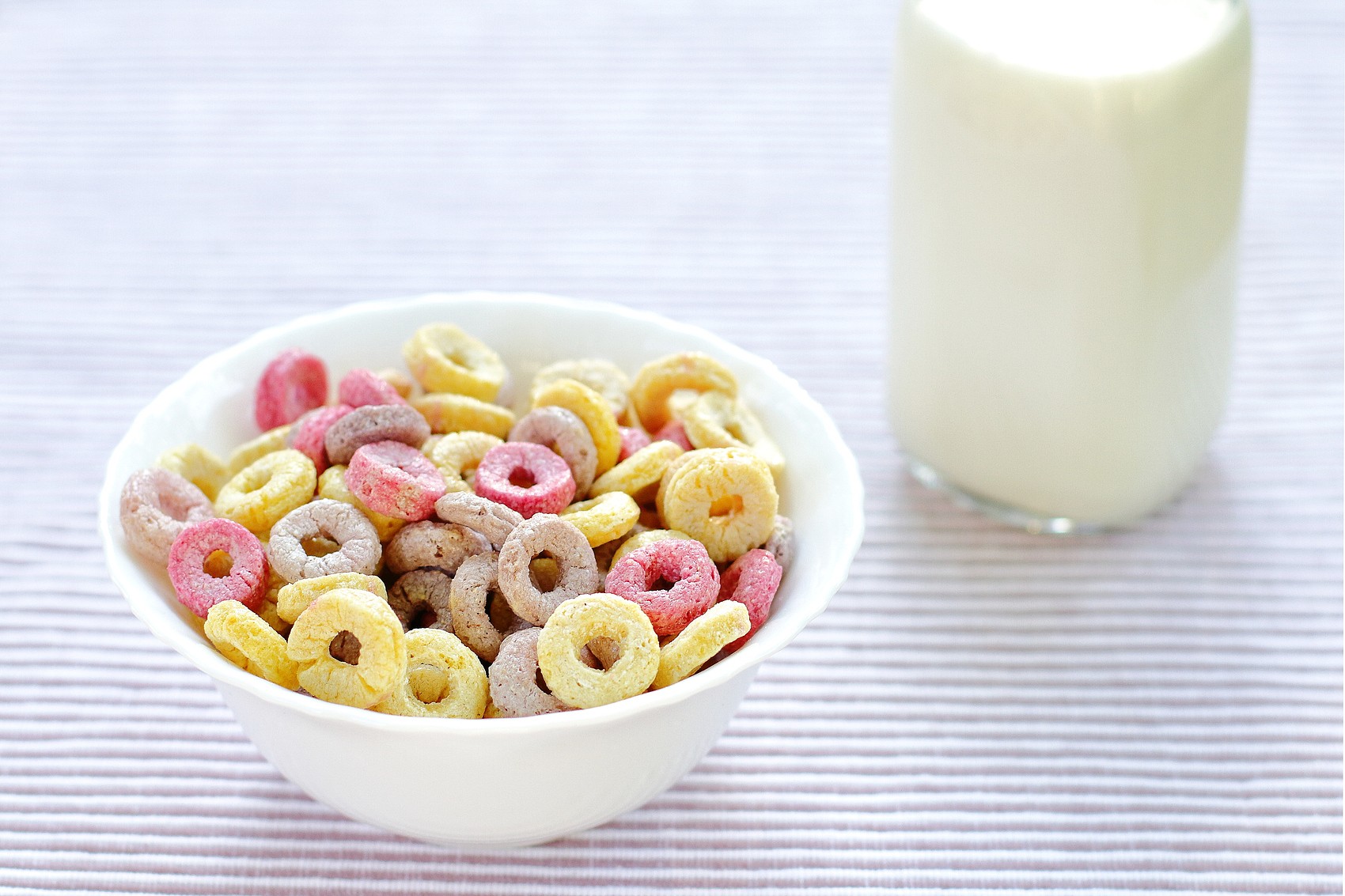0102030405
A sugar that can fight cancer--mannose
2025-03-13
-
Sugar, also known as carbohydrate, is an important nutrient and the main energy source of the human body. According to the number of sugar groups, sugars can be divided into monosaccharides, oligosaccharides and polysaccharides. Glucose is the most widely distributed monosaccharide in nature, and it can be directly absorbed by the body to provide energy. Mannose is also a monosaccharide, an isomer of glucose (Figure 1).
 In nature, mannose exists in a free state in some fruits, such as cranberries, apples, oranges, etc. In the human body, mannose is distributed in all tissues and blood, including the skin, organs and nerves. In these tissues, mannose is involved in the synthesis of glycoproteins that regulate the function of the autoimmune system. Previous clinical studies have shown that mannose can treat and prevent urinary tract infections, so some foreign health products with mannose as the main component are used to maintain urinary system health.It has long been known that tumors have a higher demand for glucose than normal tissues. Tumor cells can take up up to 10 times as much glucose as normal cells and rely more on glycolysis for energy to sustain their rapid growth. However, the "sugar like life" tumor, in the face of mannose, but a different situation occurred. In 2018, the journal Nature published a blockbuster study from Cancer Research UK that mannose can inhibit tumors. The researchers found that after mannose enters the tumor cells, it accumulates inside the cells in the form of mannose 6-phosphate, blocking the tumor's energy source by interfering with glucose metabolism, thus inhibiting the growth of tumor cells. In order to confirm this conclusion, the researchers carried out further exploration in the mouse tumor model, they added mannose to the drinking water of these "cancer" mice, and evaluated the effect of oral mannose on the treatment of different types of cancer such as pancreatic cancer and lung cancer in mice. The results showed that oral administration of mannose by drinking water effectively delayed tumor growth in mice. After confirming the therapeutic effect of mannose in a mouse tumor model, the researchers considered administering mannose to mice in addition to chemotherapy for adjuvant treatment, and they were surprised to find that mannose enhanced the therapeutic effect of chemotherapy, not only further shrinking the tumor volume in the mice, but also extending the life span of "cancerous" mice. This year, the Fudan University research team found a new means of mannose anti-cancer - regulating the immune checkpoint molecule PD-L1. What is a tumor immune checkpoint? We know that when foreign bodies such as external bacteria and viruses invade or cells in the body die or become cancerous, the immune function of the human body will be activated, and the immune system will play a role after being activated to remove these "alien molecules". At the same time, in order to avoid over-activation of the immune system and "indiscriminate killing" of normal tissue cells in the body, there is a set of "immune checkpoint molecules" in our body. PD-L1 is an important immune checkpoint molecule in our body, which can bind to the PD-1 molecule on the surface of immune cells and send a "brake" signal to immune cells to avoid the killing of normal cells by immune cells (Figure 2). However, this brake system in our body is exploited by cunning tumor cells, and T cells in the tumor microenvironment are responsible for killing tumors, and tumor cells will release "brake" signals to T cells through high expression of PD-L1 molecules, inhibiting the activity of T cells, so as to avoid the killing of the immune system.PD-L1 molecule is a protein rich in glycosylation modification. The research team of Fudan University found that mannose can destroy the stability of PD-L1 protein by regulating the glycosylation of PD-L1 molecules, thus promoting the degradation of PD-L1 molecules. So, when the highly expressed PD-L1 molecule in tumor cells is degraded by mannose, can the tumor cells not force T cells to "brake"? The researchers confirmed the hypothesis: tumor cells treated with mannose were more likely to be killed by T cells; In the mouse tumor model, oral mannose can promote the invasion and killing of T cells to the tumor and inhibit the growth of the tumor, and the combination of mannose and immune checkpoint antibody drugs further promotes the invasion and killing of T cells to the tumor, and greatly extends the life span of "cancer" mice.As we mentioned earlier, mannose is found naturally in some fruits, especially cranberries with the highest mannose content (Figure 3). Many people may be wondering, can eating cranberries prevent or treat cancer? In fact, the concentration of mannose given to the "cancer" mice in the above two studies was as high as 20%, which means that every 100ml of drinking water contains 20g of mannose, which is a very high concentration and dose. Therefore, we eat cranberries and other fruits to increase the intake of mannose, to a certain extent, can promote immunity, conducive to health, but want to achieve the effect of anti-cancer cranberries alone is far from enough.
In nature, mannose exists in a free state in some fruits, such as cranberries, apples, oranges, etc. In the human body, mannose is distributed in all tissues and blood, including the skin, organs and nerves. In these tissues, mannose is involved in the synthesis of glycoproteins that regulate the function of the autoimmune system. Previous clinical studies have shown that mannose can treat and prevent urinary tract infections, so some foreign health products with mannose as the main component are used to maintain urinary system health.It has long been known that tumors have a higher demand for glucose than normal tissues. Tumor cells can take up up to 10 times as much glucose as normal cells and rely more on glycolysis for energy to sustain their rapid growth. However, the "sugar like life" tumor, in the face of mannose, but a different situation occurred. In 2018, the journal Nature published a blockbuster study from Cancer Research UK that mannose can inhibit tumors. The researchers found that after mannose enters the tumor cells, it accumulates inside the cells in the form of mannose 6-phosphate, blocking the tumor's energy source by interfering with glucose metabolism, thus inhibiting the growth of tumor cells. In order to confirm this conclusion, the researchers carried out further exploration in the mouse tumor model, they added mannose to the drinking water of these "cancer" mice, and evaluated the effect of oral mannose on the treatment of different types of cancer such as pancreatic cancer and lung cancer in mice. The results showed that oral administration of mannose by drinking water effectively delayed tumor growth in mice. After confirming the therapeutic effect of mannose in a mouse tumor model, the researchers considered administering mannose to mice in addition to chemotherapy for adjuvant treatment, and they were surprised to find that mannose enhanced the therapeutic effect of chemotherapy, not only further shrinking the tumor volume in the mice, but also extending the life span of "cancerous" mice. This year, the Fudan University research team found a new means of mannose anti-cancer - regulating the immune checkpoint molecule PD-L1. What is a tumor immune checkpoint? We know that when foreign bodies such as external bacteria and viruses invade or cells in the body die or become cancerous, the immune function of the human body will be activated, and the immune system will play a role after being activated to remove these "alien molecules". At the same time, in order to avoid over-activation of the immune system and "indiscriminate killing" of normal tissue cells in the body, there is a set of "immune checkpoint molecules" in our body. PD-L1 is an important immune checkpoint molecule in our body, which can bind to the PD-1 molecule on the surface of immune cells and send a "brake" signal to immune cells to avoid the killing of normal cells by immune cells (Figure 2). However, this brake system in our body is exploited by cunning tumor cells, and T cells in the tumor microenvironment are responsible for killing tumors, and tumor cells will release "brake" signals to T cells through high expression of PD-L1 molecules, inhibiting the activity of T cells, so as to avoid the killing of the immune system.PD-L1 molecule is a protein rich in glycosylation modification. The research team of Fudan University found that mannose can destroy the stability of PD-L1 protein by regulating the glycosylation of PD-L1 molecules, thus promoting the degradation of PD-L1 molecules. So, when the highly expressed PD-L1 molecule in tumor cells is degraded by mannose, can the tumor cells not force T cells to "brake"? The researchers confirmed the hypothesis: tumor cells treated with mannose were more likely to be killed by T cells; In the mouse tumor model, oral mannose can promote the invasion and killing of T cells to the tumor and inhibit the growth of the tumor, and the combination of mannose and immune checkpoint antibody drugs further promotes the invasion and killing of T cells to the tumor, and greatly extends the life span of "cancer" mice.As we mentioned earlier, mannose is found naturally in some fruits, especially cranberries with the highest mannose content (Figure 3). Many people may be wondering, can eating cranberries prevent or treat cancer? In fact, the concentration of mannose given to the "cancer" mice in the above two studies was as high as 20%, which means that every 100ml of drinking water contains 20g of mannose, which is a very high concentration and dose. Therefore, we eat cranberries and other fruits to increase the intake of mannose, to a certain extent, can promote immunity, conducive to health, but want to achieve the effect of anti-cancer cranberries alone is far from enough.










